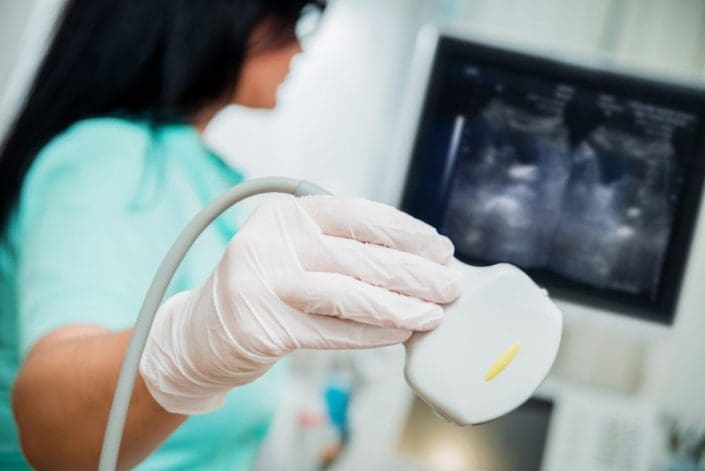
Follow the steps to learn how to use a finger pulse oximeter:
Step 1
Turn on the pulse oximeter by firmly pressing the power button. The screen should light up almost instantly.
Step 2
Place the sensor, the part that opens and closes like a clothespin, on any finger, with the sensor screen above your fingernail. If the sensor doesn’t have a screen, run the cable along the back of your finger or hand. Don’t use the thumb because these readings are less reliable than finger readings.
Step 3
Wait until the pulse oximeter acquires a signal. This may take 10 seconds or more, depending on the device and the conditions. Excessive movement can decrease the accuracy of the result, so make sure to keep still.
Step 4
Look at the display to see the heart rate, usually indicated with a heart or pulsing light. The percent of oxygen saturation is typically indicated by the symbol “Sp02.” Many devices also have a pulse tone that beeps in time with the heart rate.
Step 5
Leave the sensor on for continuous monitoring. The sensor can become uncomfortable or cause pressure sores if you leave it on your finger for too long. Check and move the sensor at least every two to four hours. If only a single measurement is required, remove the sensor and press the power button to turn off the device.
Take a look at Supply Doctor’s wide range of medical equipment and supplies. There are many options to choose from, including pulse oximeters.


